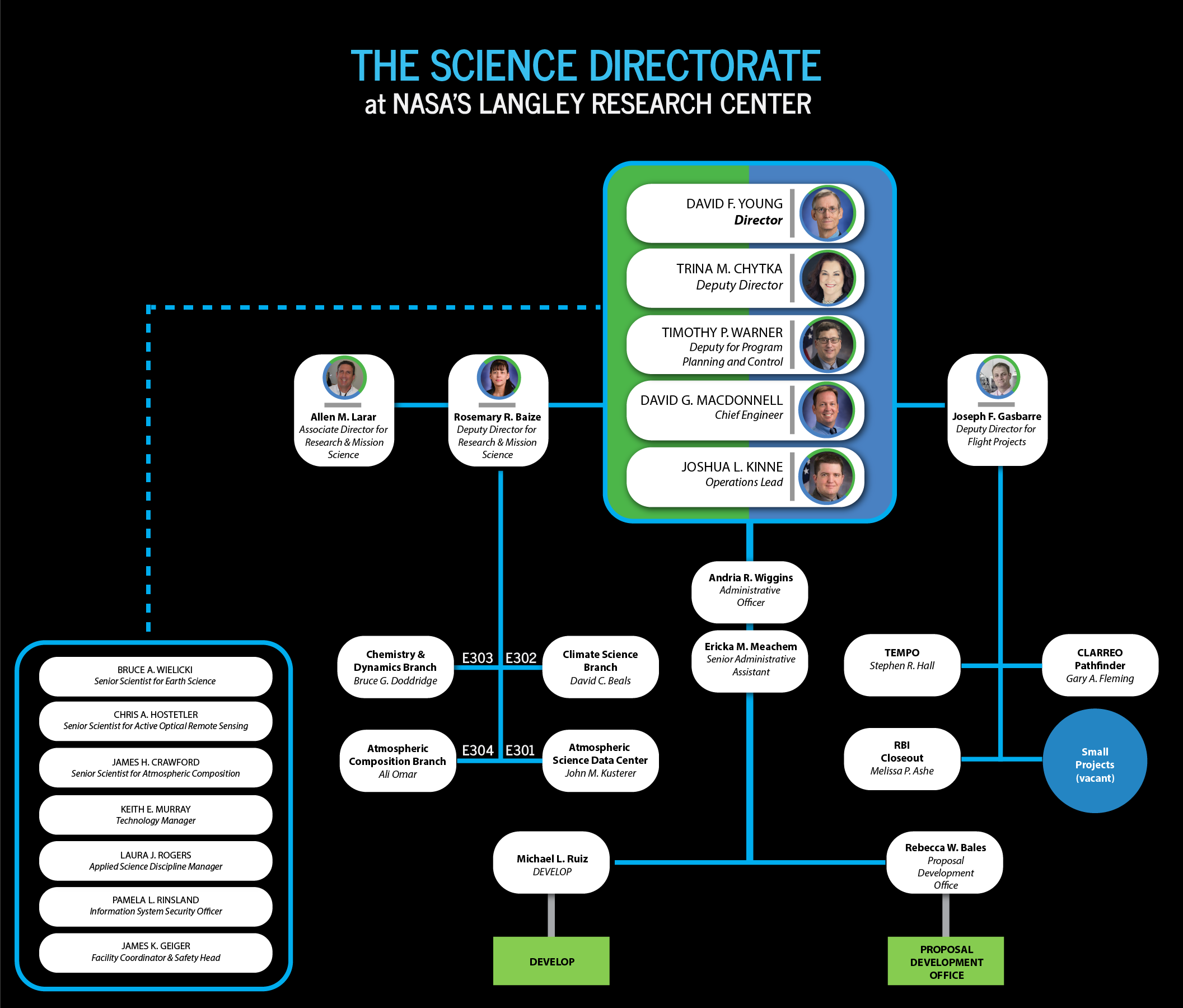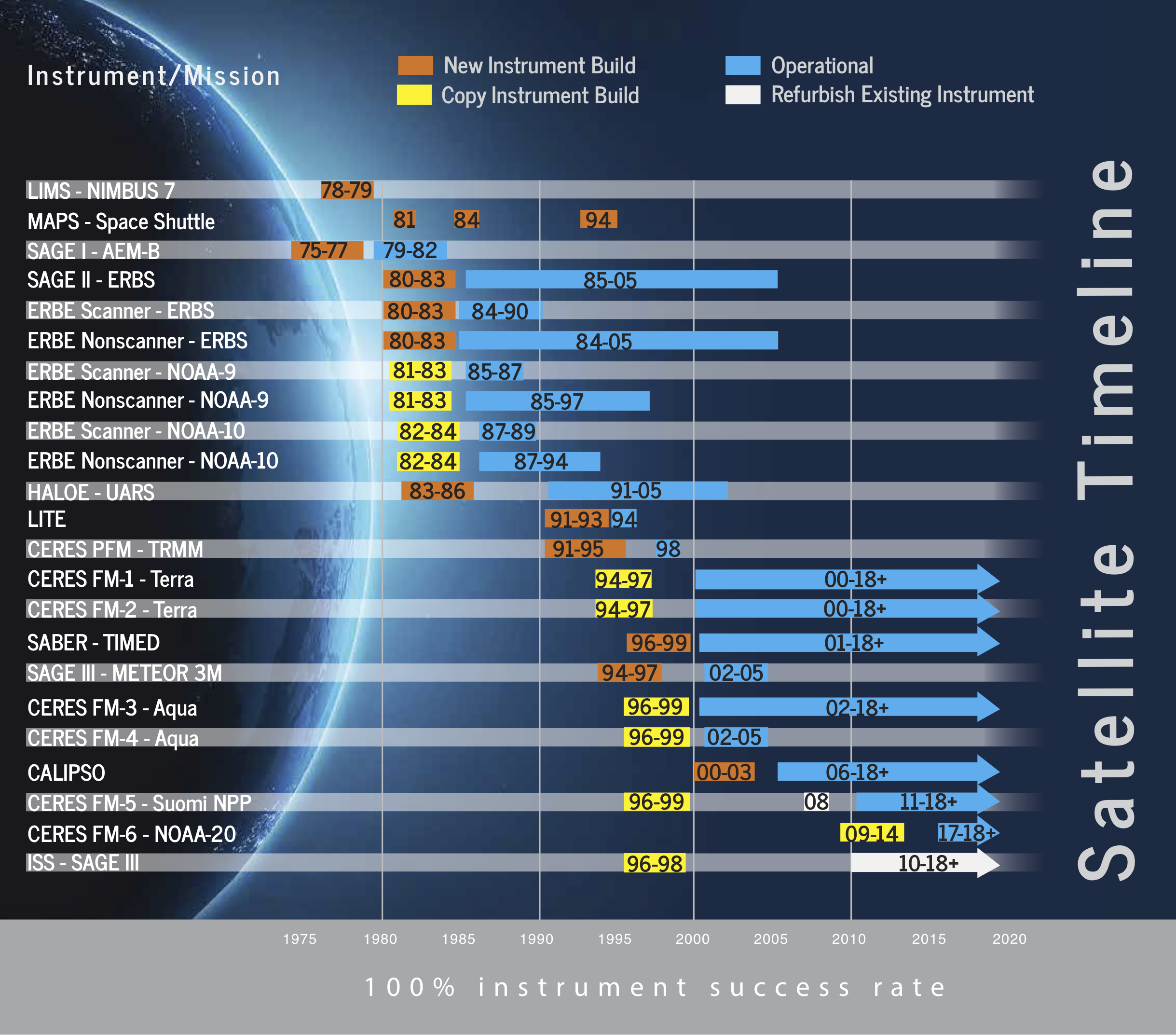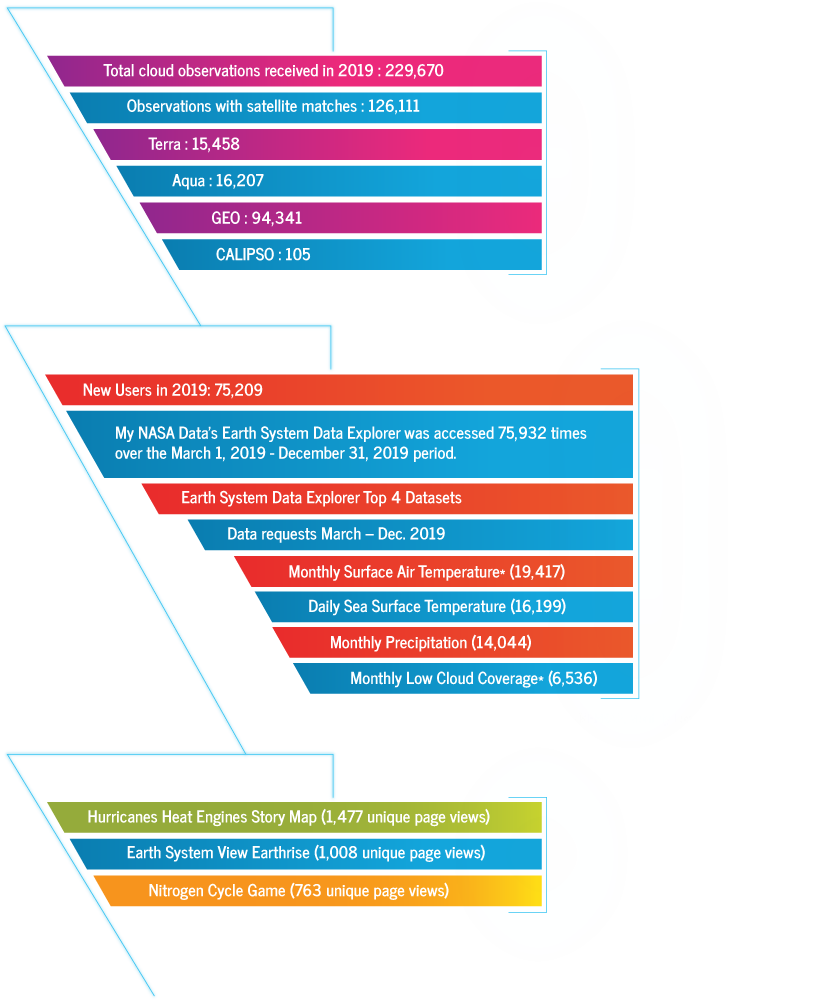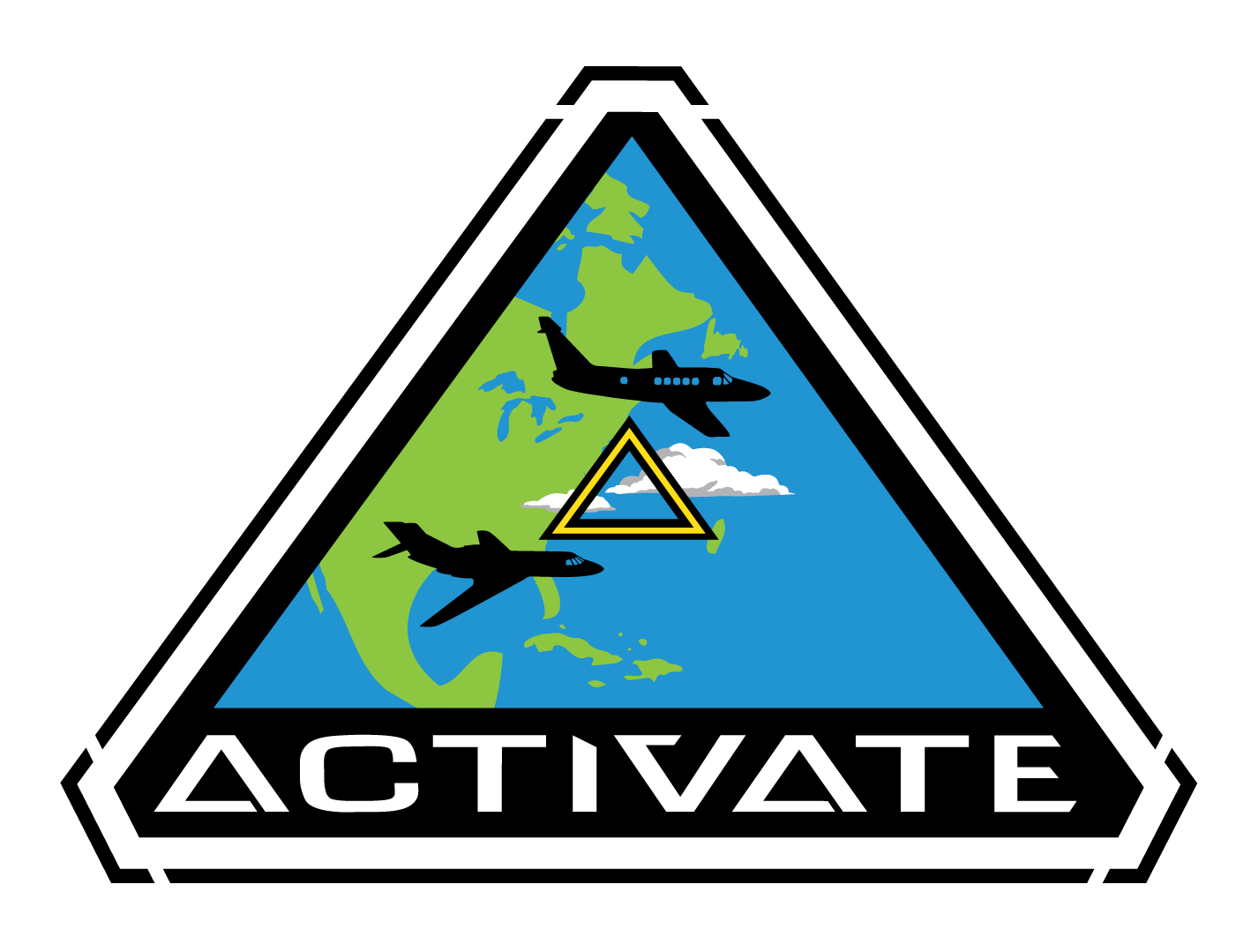2019 Annual Report
The Science Directorate at NASA’s Langley Research Center
Who We Are.
From the air we breathe to upper atmospheres with commercial aircraft and stationary satellites, to less familiar planetary atmospheres explored by landing spacecraft, the Science Directorate at NASA’s Langley Research Center is on it.
NASA Langley provides essential science leadership to NASA with decades of intellectual expertise in the areas of Atmospheric Composition, Air Quality, Earth’s Energy Budget and Lidar Remote Sensing that supports aeronautics, space technology, exploration and Earth science.
Our data can be used to help others to respond in responsible ways.
What We Do.
The Science Directorate at NASA’s Langley Research Center studies atmospheres using passive and lidar remote sensing, in situ and airborne instruments. Our Flight Projects execute visions to obtain ground-breaking science through spaceflight platforms.
We are committed to delivering science that is balanced between Research & Analysis, technology development, airborne science and flight development. Through our ground and flight hardware development, we infuse technology and gather science observations that produce knowledge, information and insight that informs policy and serves society.
We provide and maintain capabilities to ensure effective and affordable delivery of that knowledge.


EARTH SCIENCE



BEYOND EARTH
- Through the design, development, modeling and simulation of Entry, Descent and Landing (EDL) systems for Earth and planetary bodies,
- Through our research on space weather and atmospheres of Terrestrial Type Exoplanets and planets,
- And through SABER’s data being utilized in collaboration with TESS by NASA’s James Webb Telescope in the search for new planets that may harbor life.
Individual Awards:
Paul Evangelista, Outstanding Public Leadership Medal
Josh Digangi, Early Career Achievement Medal
Ewan Crosbie, Early Career Achievement Medal
David Doelling, Exceptional Achievement Medal
Michael Pitts, Exceptional Scientific Achievement Medal
Fred Rose, Exceptional Achievement Medal
Anne Garnier, Exceptional Scientific Achievement Medal
Group Achievement Awards:
Langley Project Execution Assessment Team, Silver Achievement Medal
Kris Bedka and Team, H.J.E. Reid Award
OWLETS
NAAMES
SAGE III Operations and Science Products
POWER Team
NASA/DLR Multidisciplinary Airborne Experiment (ND)
Lawrence and Reid Paper Awards:
- The Above-Anvil Cirrus Plume: An Important Severe Weather Indicator in Visible and Infrared Satellite Imagery
- By KRISTOPHER BEDKA (Science Directorate, NASA Langley Research Center, Hampton, Virginia) & BENJAMIN SCARINO (Science Systems and Applications, Inc., Hampton, Virginia)
https://www.nasa.gov/langley/science




























